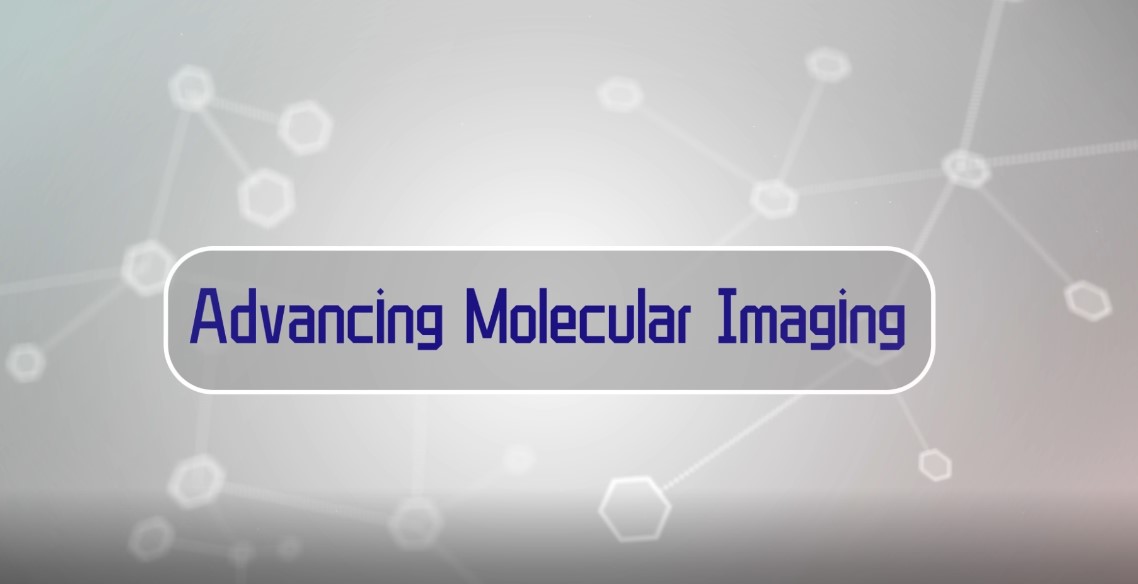
当前课程知识点:分子生物学 > 第四章 DNA的复制 > 4.1 the discovery of genetic material > 4.1 遗传物质的发现the discovery of genetic material
One of the fundamental properties of all living things
is the ability to reproduce
All organisms inherit the information
specifying their structure and function from their parents
Likewise, all cells arise from pre-existing cells
and the genetic material must be replicated
and passed from parent to progeny cells
The substance capable of carrying all genetic information
from one generation to another
is called the genetic material
To fulfil this function
the genetic material has to
have the following characteristics
The first: Replicability
The genetic material of all cells
must be replicated accurately
The second: Informative
It must contain all the biological information for an organism
The third: Mutability
The genetic material should be capable of
undergoing variations for evolution
It took the scientists long before they found
the substance that fulfilled the above requirements
Thanks to the pioneer research works of scientists
during mid to late 1,800s
and the early 1,900s
which led to the discovery of DNA
as the Genetic Material
In the first 40 years of the last century
chemical analysis revealed that
nucleus contained a unique molecule
the DNA
However, it was not understood that
DNA was the chemical constituent of genes
The breakthrough came from the Transformation Studies
form Fredrick Griffith
He was a medical officer
in the British Ministry of Health, in 1928
He per formed experiments with several strains of
the bacterium Diplococcus pneumoniae
Some strains of this bacterium have polysaccharide coat
surrounding each cell that gives a smooth
shiny appearance to the colony of the bacteria
called S- type
These bacteria are not easily engulfed
and destroyed by the phagocytic cells
and thereby are able to multiply and cause pneumonia
Whereas some other lack polysaccharide coat
colonies of this strain are rough, called R-type
These non-capsulated bacteria are readily engulfed
and destroyed by the phagocytic cells
and so they are non infectious
Injection of the R-bacteria did not affect
the mice and injection of S-bacteria caused death
Griffith further observed that
if the S bacteria were heat-killed before injection
the mice however, survived
Lastly, Griffith injected another batch of mice with
a mixture of living R-bacteria and heat killed S bacteria
In this case, the mice died
and living S bacteria were present in their blood
Griffith then concluded that
some R-bacteria had somehow
been transformed into smooth, infectious S-bacteria
by interaction with the dead S-bacteria cells
The transformed cells retained their infectious properties
in successive generations
indicating that the transformation was stable
In 1944, Oswald T. Avery, Colin M. Macleod
and Maclyn McCarty showed that
the transforming principle was DNA
by the improved version of
Griffith’s transforming experiment
They lysed S-bacteria cells and separated the lysate
into different cellular macromolecular com ponents
like lipids, polysaccharides, proteins and nucleic acids
Each component then was checked
whether or not it could transform living R bacteria
and it was found that
only the nucleic acid component could
transform the R cells into S cells
Avery et al. further proved that
DNA was the actual genetic material
by digesting the nucleic acid components
with ribonucle ase (RNase)
or de-oxy-ribonuclease (DNase)
and found that no transformation after DNase digestion
The second important evidence suppor ting DNA
as the genetic material
was provided by Alfred D. Hershey and Martha Chase
in 1953
with their bacteriophage experiment
It was known that each phage
consisted of only DNA and protein
The T2 phage was labelled with either sulphur 35S on proteins
or phosphorus 32P on DNA
They subsequently infected unla beled E. coli
with the two types of radio labelled T2 phage, separately
In case of infection done by 32P labelled phages
most of the radioactivity could be found
within the bac teria soon after infection after centrifugation
However, when E. coli was infected with 35S-labelled phage
radioactivity neither appeared within the cell
nor in the progeny phages
Thus, Hershey and Chase proved that
DNA is the genetic material in phages
as it fulfilled the essential criteria like
replicability and informative
All the above mentioned evidences supporting the concept that
DNA is the genetic material
Soon after that
experiments of mutagenesis and DNA recombination
supported that DNA was also the genetic material in eukaryotes
Results in later experiments showed that
although DNA was the major form of
genetic material in most organisms
RNA could also perform this function in some virus
for example, poliovirus
How these RNA virus replicate
and transfer the genetic information will be addressed later
Alright, hope all of you today
enjoyed the fascinating research works
in the early years that
led to the discovery of the genetic material
-1.1 a brief history of molecular biology
--分子生物学的历史
-2.1 生物大分子
-2.2 生物大分子复合物
-第二章单元测试
-3.1 核酸的结构
-3.2 核酸的理化性质
-3.3 染色体的结构
-3.4 基因,基因组及人类基因组的特点
-第三单元测试
-4.1 the discovery of genetic material
--4.1 遗传物质的发现the discovery of genetic material
-4.2 半保留复制的过程和特点
-4.3 几种特殊的复制形式
-4.4 随机复制对半保留复制的补充
-第四章单元测试
-5.1 转录的起始及RNA聚合酶
-5.2 启动子的特点及转录因子
-5.3 转录的延伸和终止
-5.4 转录后的加工
-第五章单元测试
-6.1 遗传密码子的破解和密码子的“简并性”
-6.2 tRNA的结构特点
-6.3 核糖体的结构特点
-6.4 蛋白质的翻译过程
-6.5 蛋白质的翻译后修饰
-6.6 mRNA在细胞内的非随机分布与翻译
-第六章单元测试
-7.1 氨基酸与蛋白质
-7.2 蛋白质的四级结构
--蛋白质的四级结构
-7.3 蛋白质的理化性质
--蛋白质的理化性质
-7.4 蛋白质的结构域,蛋白质家族及种系进化分析
-第七章单元测试
-8.1 操纵子模式及原核基因表达的调控
-8.2 真核基因表达转录和转录后水平的调控
-第八章单元测试
-9.1 突变概述
--9.1 突变概述
-9.2 突变的后果及修复
-9.3 人工突变,表型筛选及育种
--9.3 诱突育种
-第九章单元测试
-10.1 DNA指纹与个体识别
-10.2 基因编辑与伦理
-第十章单元测试

